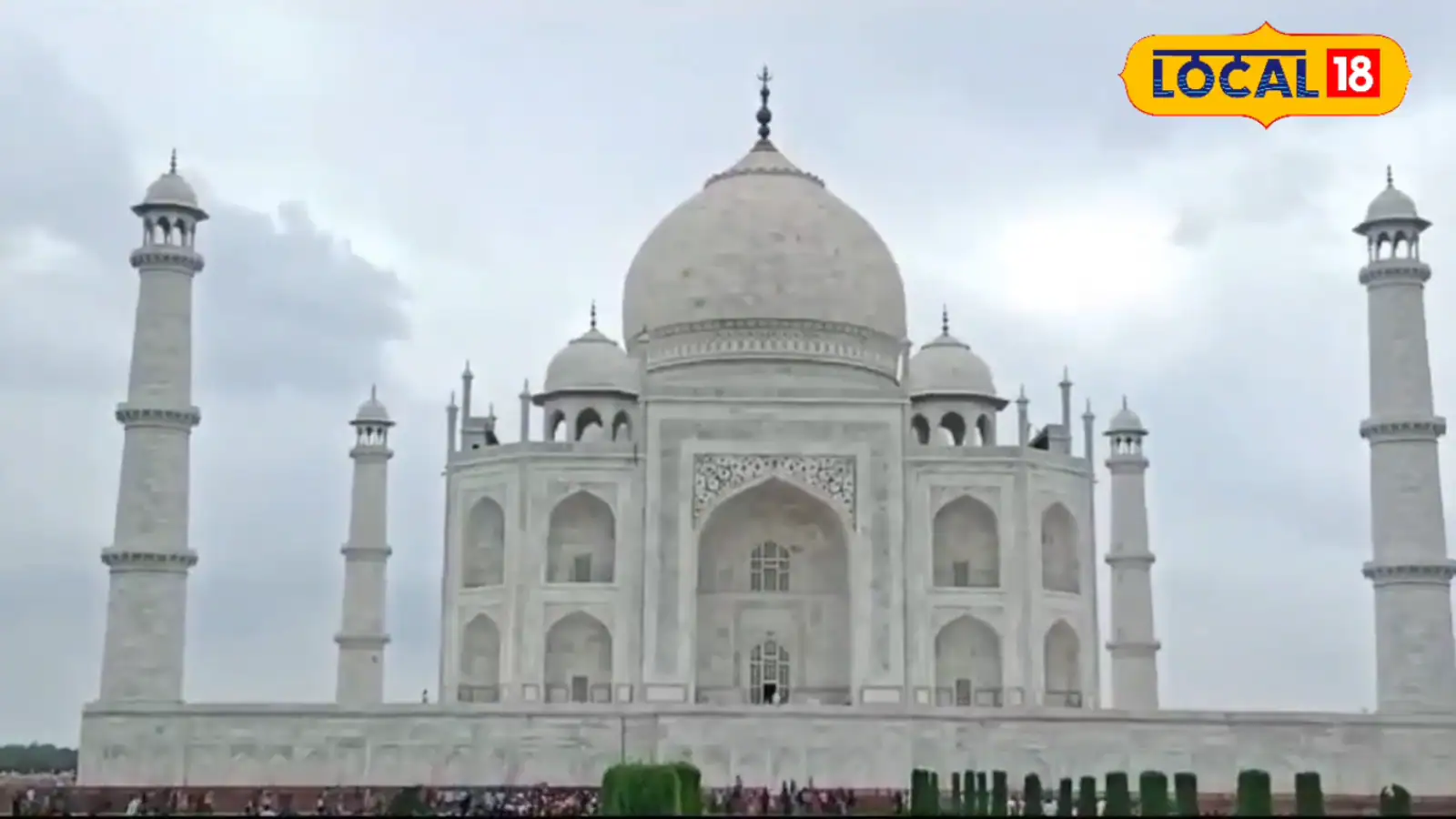Copyright news18

The historic city of Agra, famously known for the Taj Mahal, continues to captivate global attention with its extraordinary architecture and beauty. The Taj Mahal, a symbol of love, attracts millions of visitors from across the world, all eager to delve into its rich history, intricate carvings, and the secrets behind its stunning aesthetics. One of the most fascinating aspects of the Taj Mahal is the Arabic inscriptions of Quranic verses on its main dome. These inscriptions, written during its construction, adorn all four sides of the mausoleum. Notably, the verses are derived from various Surahs, including Surah Yaseen (36), Surah An-Najm (53), and Surah Al-Fajr (89). The meaning of these inscriptions, which translates to ‘O soul, you are at rest,’ reflects the prayer for peace after death and the return to Allah, as per the Muslim faith. An impressive incident occurred when the President of Israel visited the Taj Mahal. Demonstrating his proficiency in Arabic, he not only read the verses but also translated them, astonishing all present. Arabic holds significant importance in Israel, contributing to his expertise. The Art Of The Inscriptions Shamsuddin Khan, a renowned guide at the Taj Mahal, explained the remarkable craftsmanship behind these verses. Despite the absence of advanced technology at the time, the inscriptions were meticulously crafted to appear uniform in size from bottom to top. This optical illusion showcases the exceptional artistry of the era. Khan mentions that very few individuals can fully read and translate these verses today. Verses Carrying Divine Messages The calligraphy on the southern gate of the Taj Mahal translates roughly to, ‘O soul, you are at rest. Return to the Lord in peace and He will also be at peace with you.’ It is believed that Abdul Haq, who was bestowed the title ‘Amanat Khan’ by Shah Jahan, created this calligraphy in 1609. It is believed that the primary Quranic verses inscribed on the Taj Mahal come from several Surahs, including Ya-Sin (Surah 36), Az-Zumar (Surah 39), Al-Fath (Surah 48), Al-Mulk (Surah 67), Al-Mursalat (Surah 77), At-Takwir (Surah 81), Al-Infitar (Surah 82), Al-Inshiqaq (Surah 84), and Ash-Shams (Surah 91). Israeli President Read The Arabic Text Taj Mahal guide Shamsuddin Khan said that during a past visit, the President of Israel read all these verses inscribed on the monument and even translated them on the spot, something Khan described as truly remarkable. He added that the President was fluent in Arabic, a language that holds a significant place in Israel as well.



